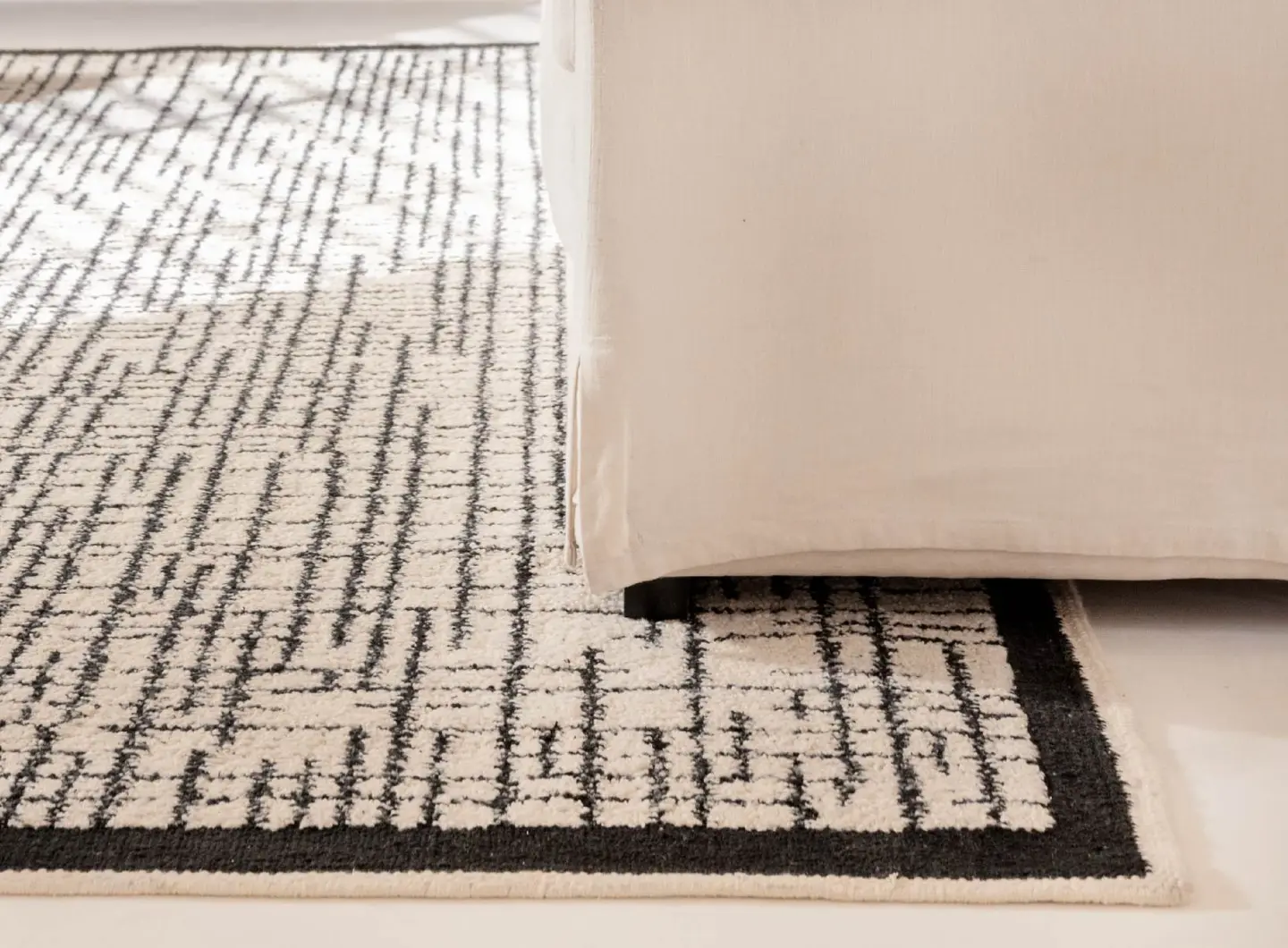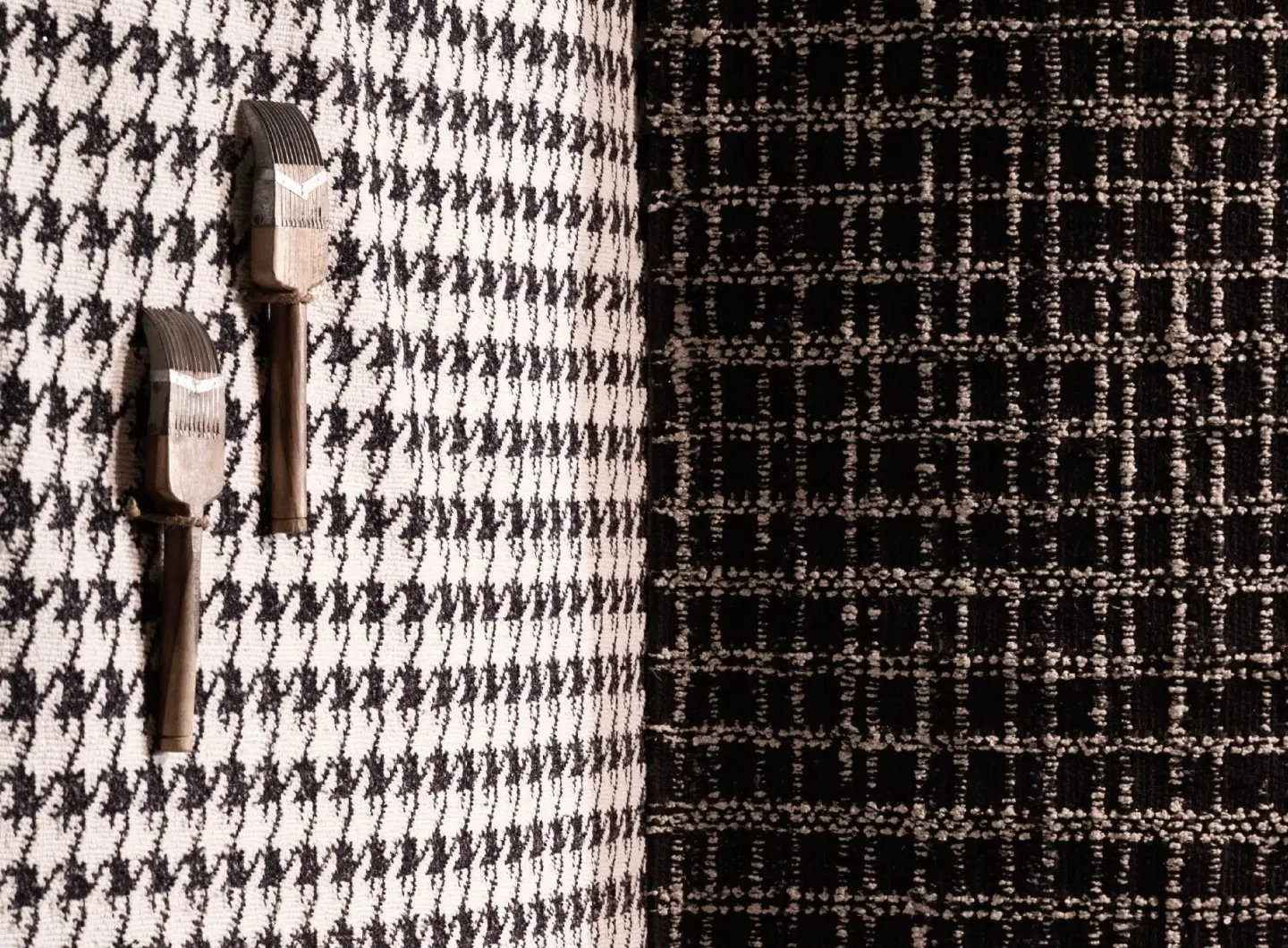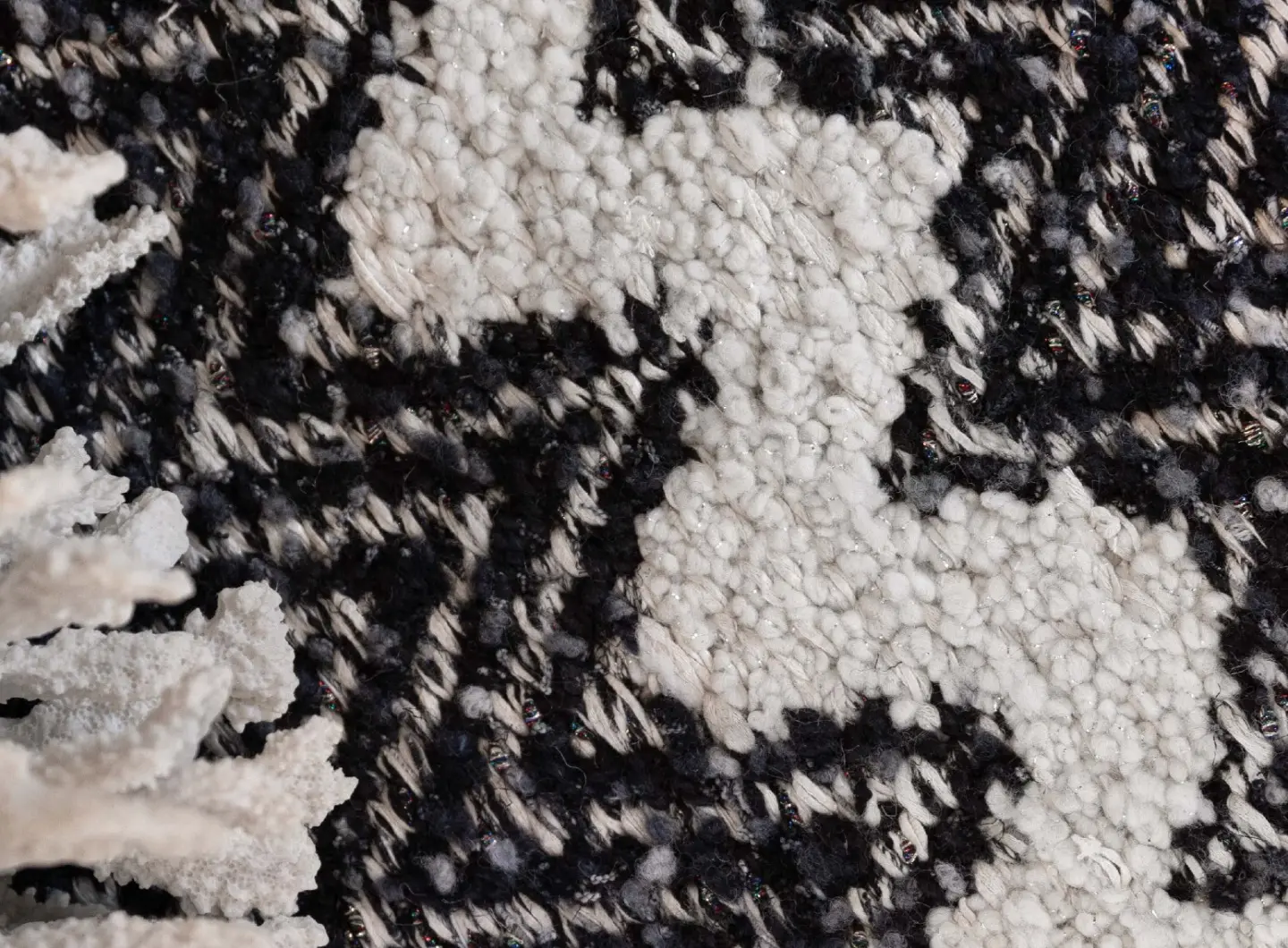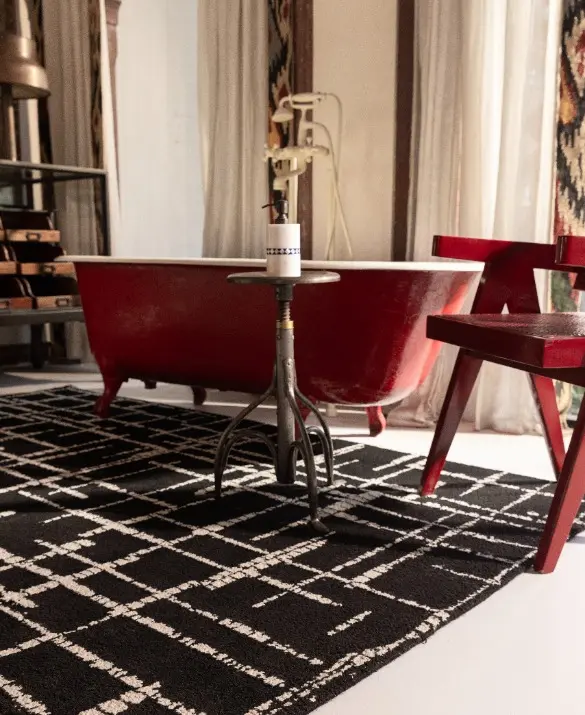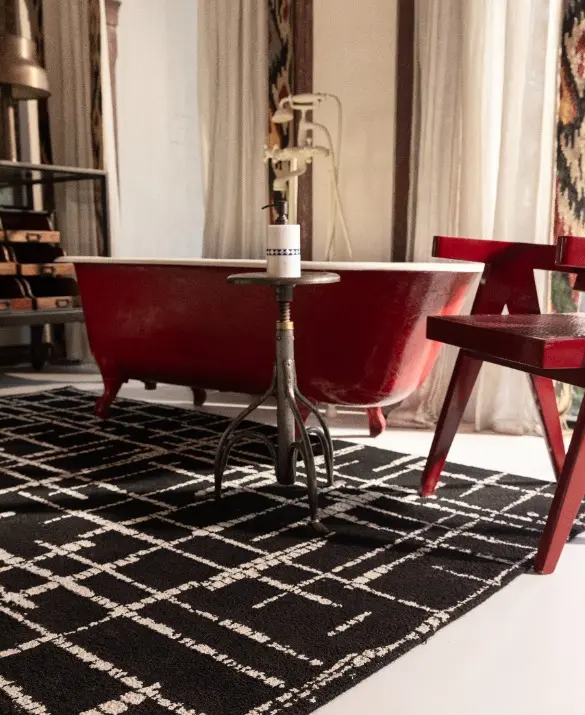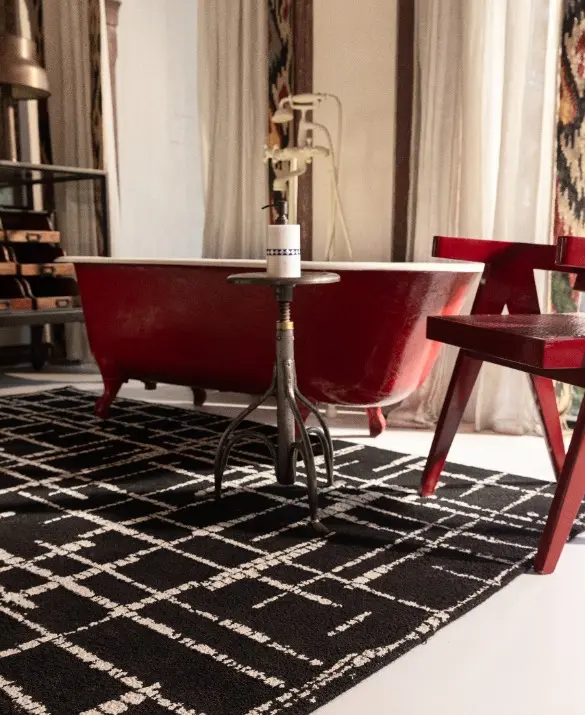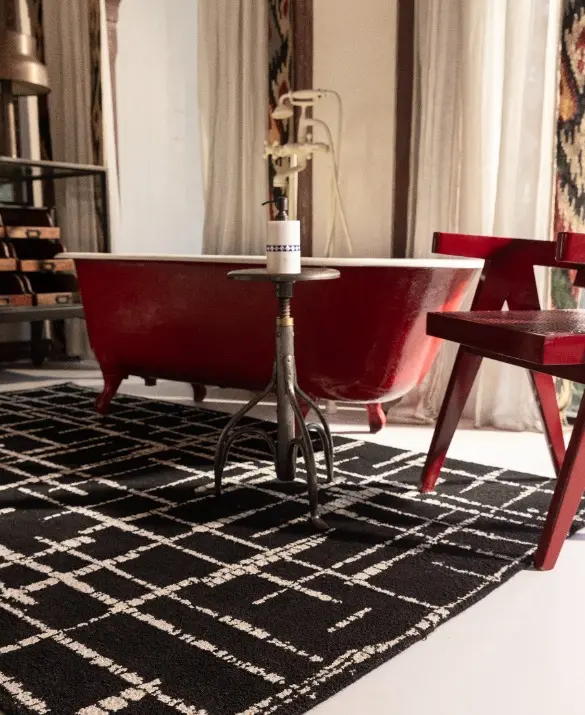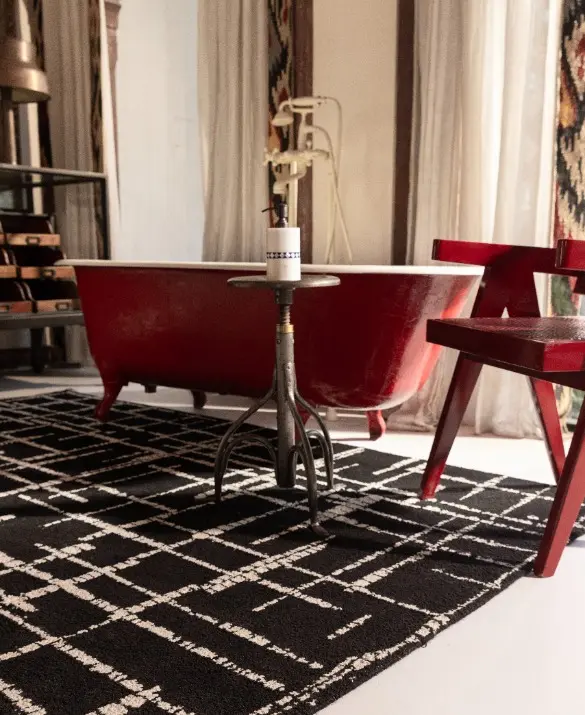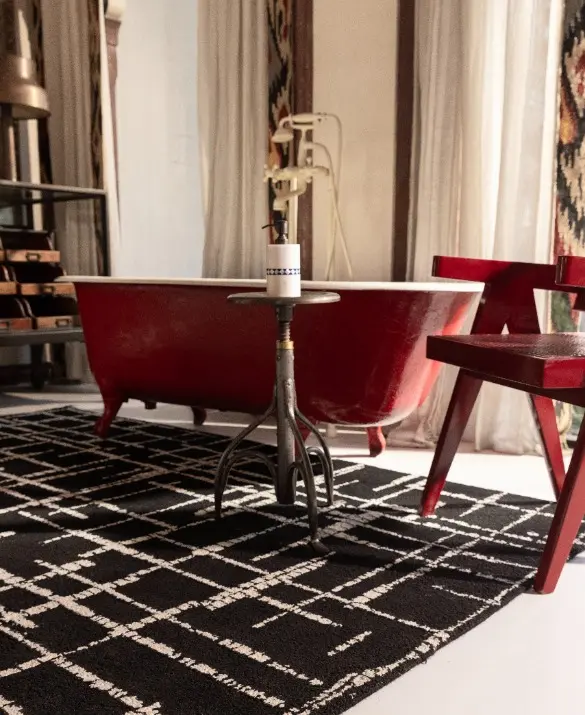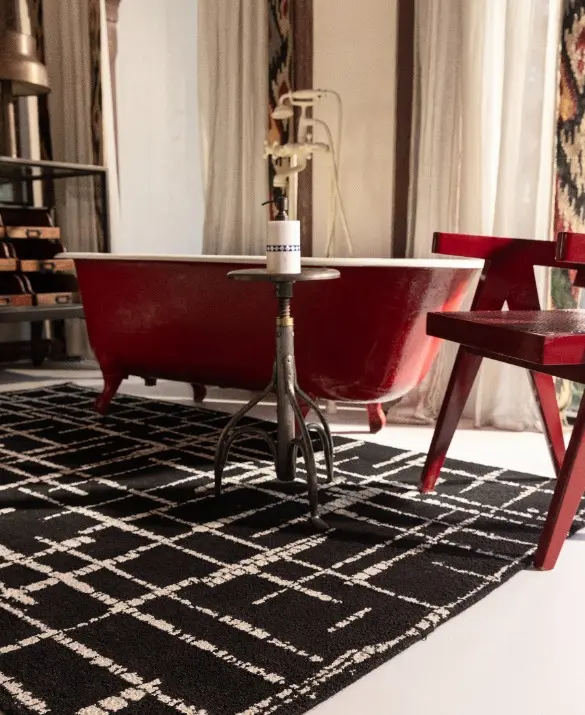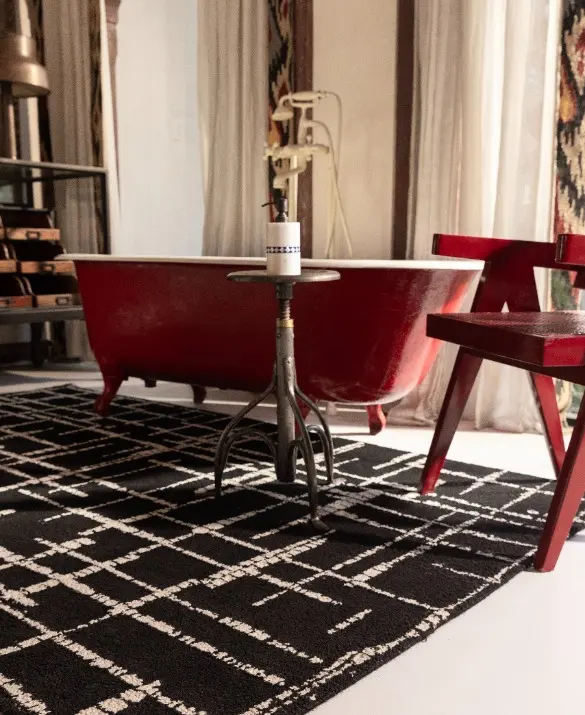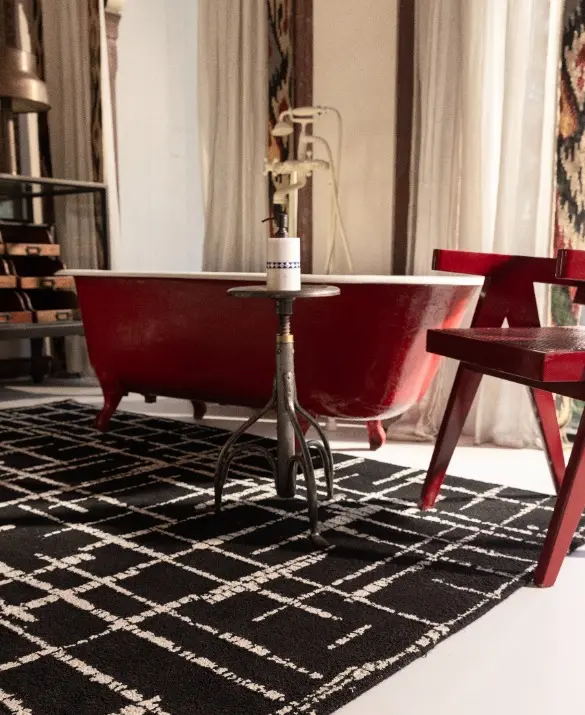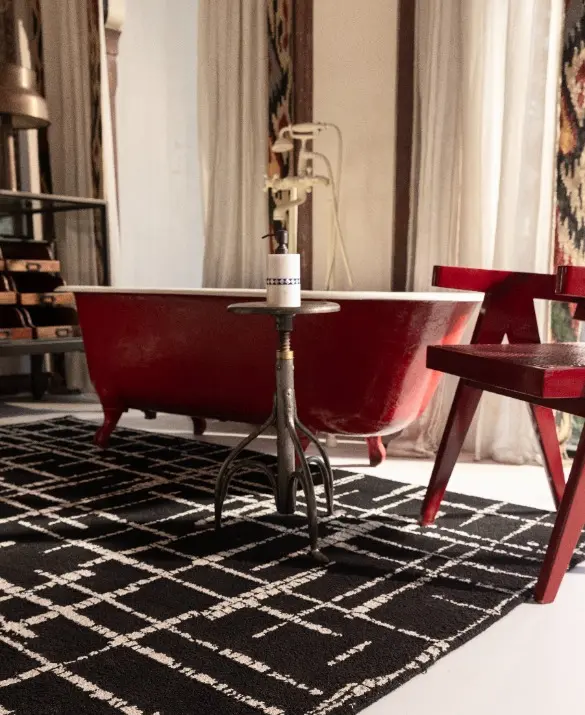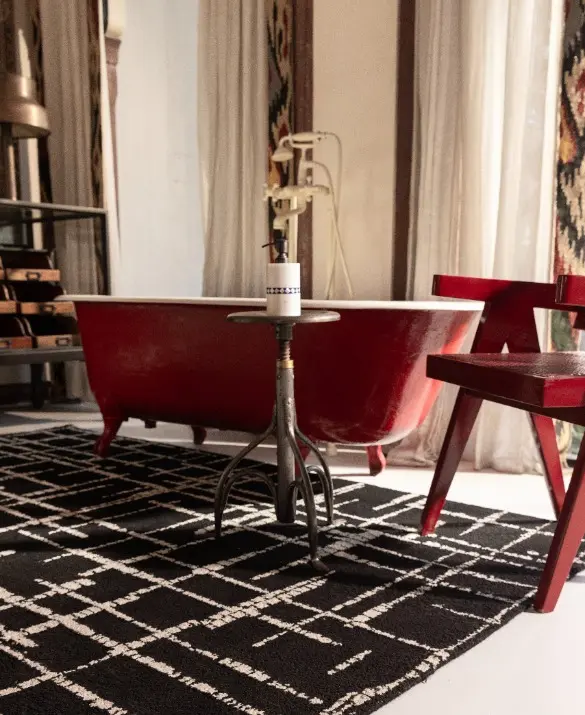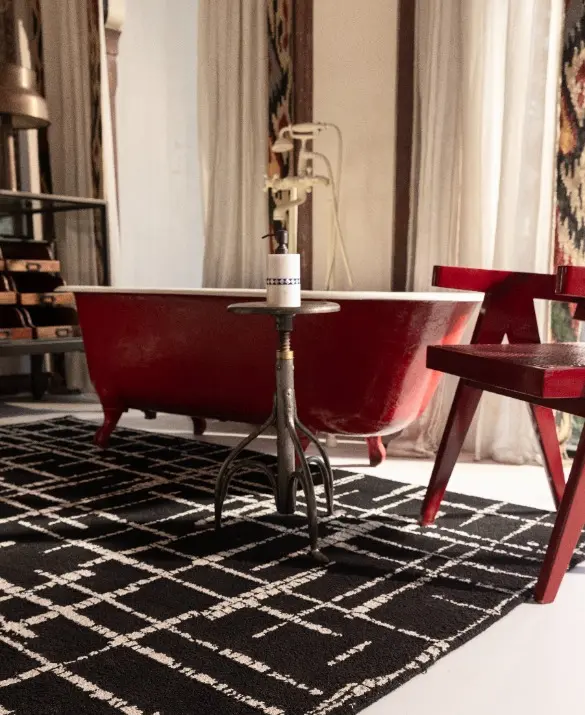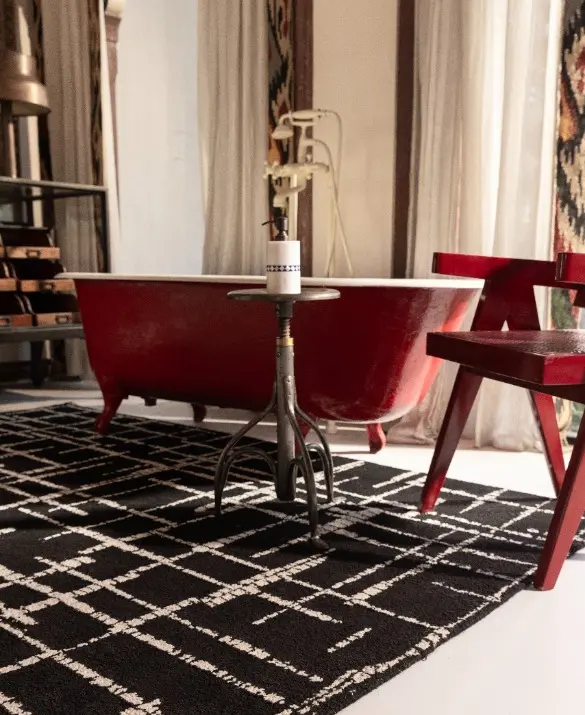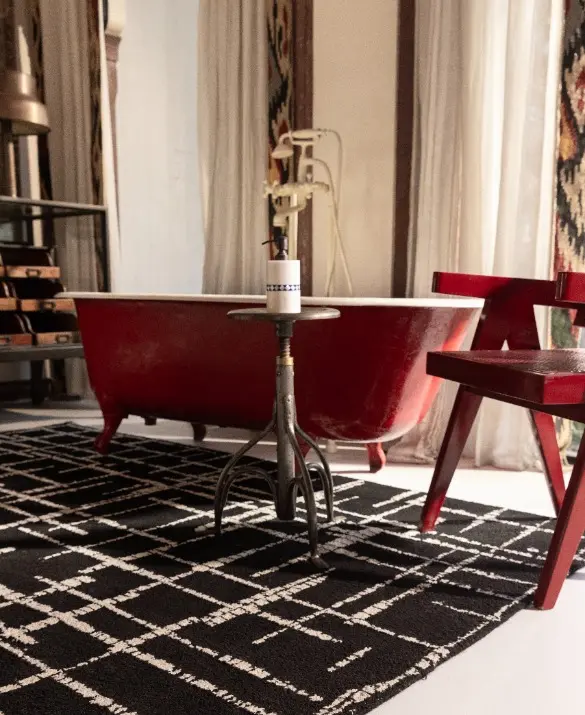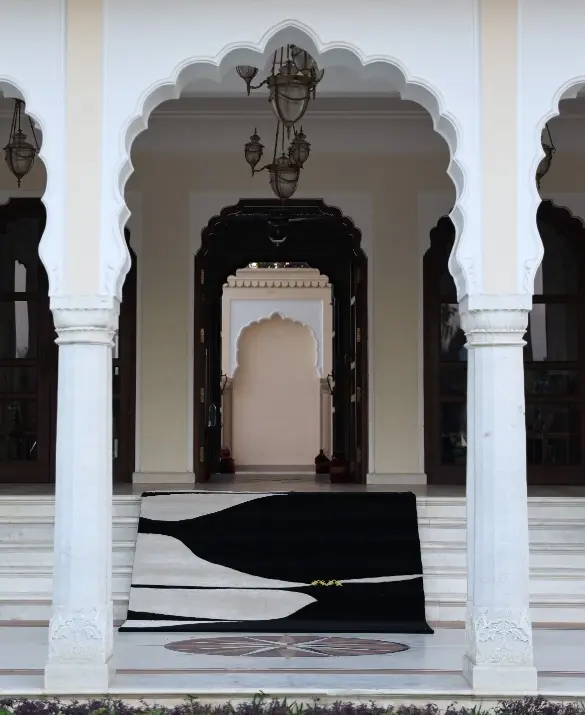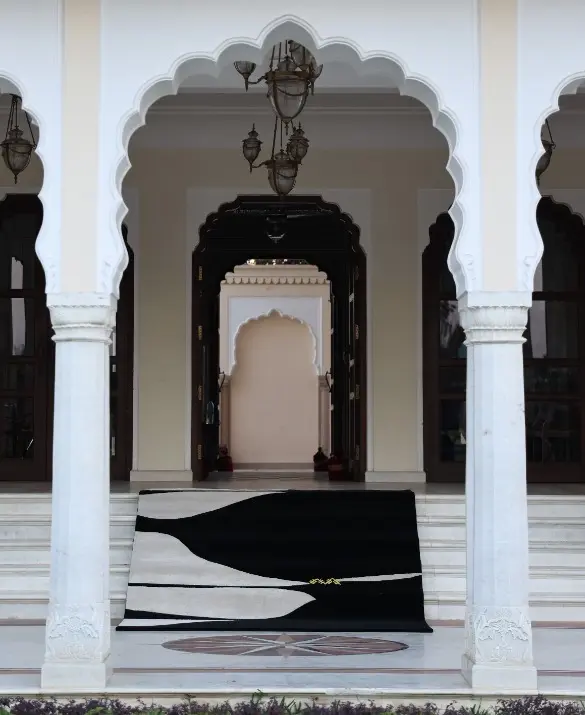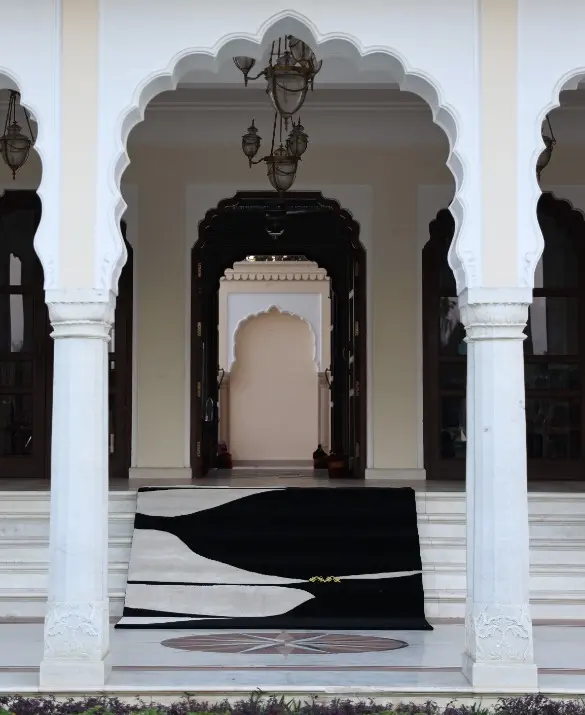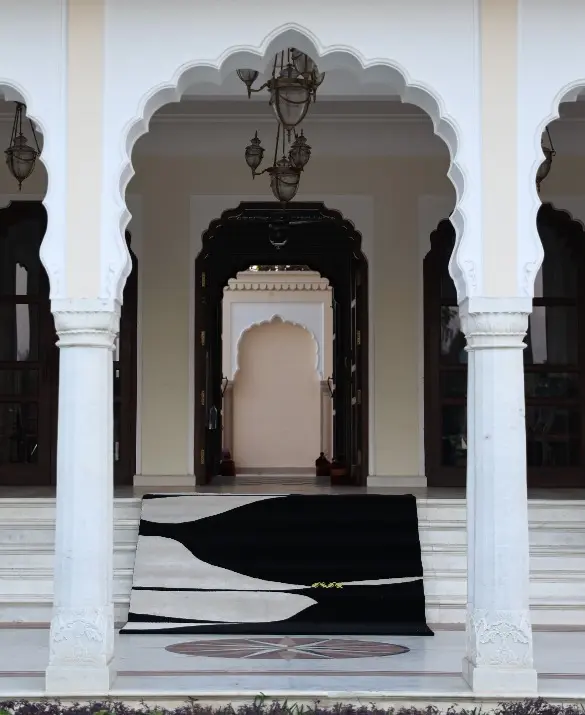NOIR
Collection: Couture Collection
Thought by: Jaipur Rugs
Category: Accessories
Thought by: Jaipur Rugs
|
Category: Accessories
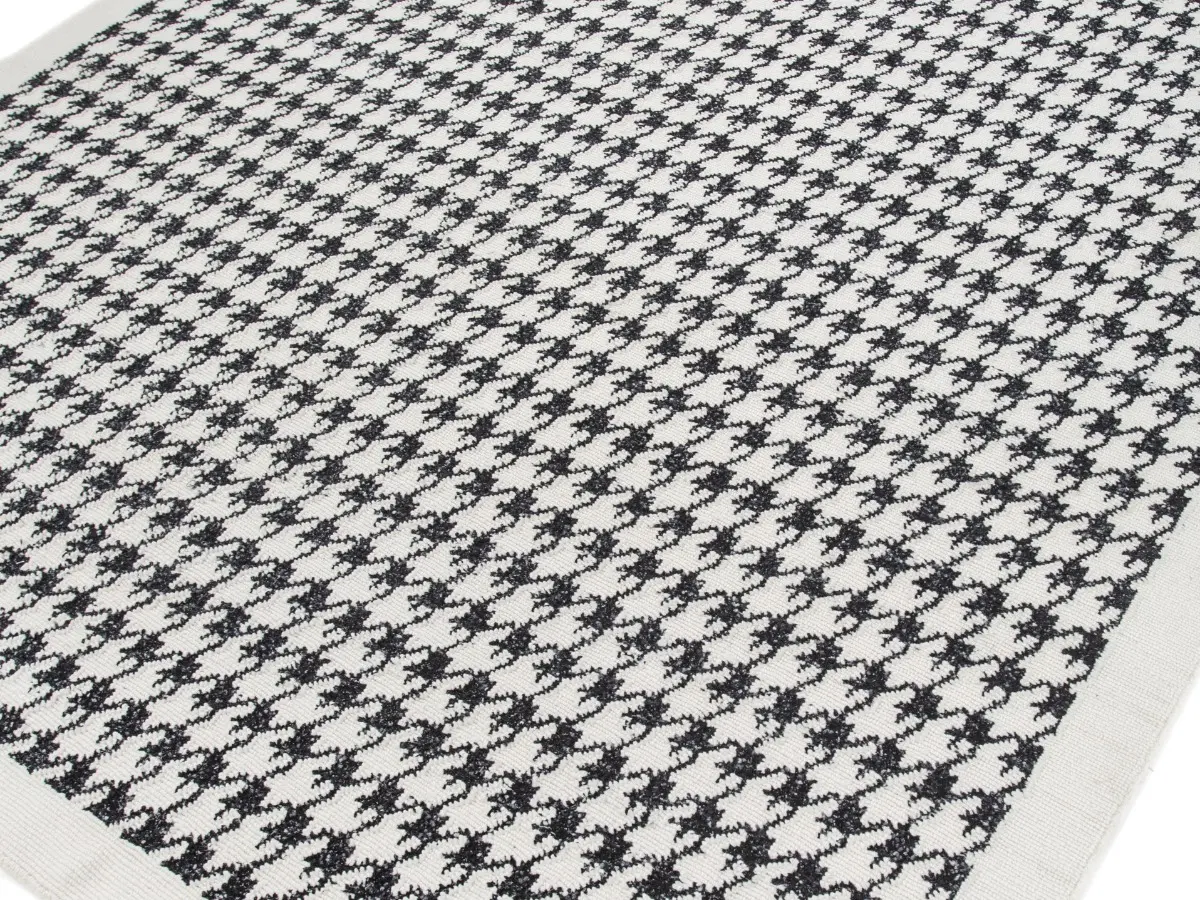
JAIPUR RUGS x VIMAR 1991
The sartorial touch and charm of Vimar 1991 yarns, the prestigious yarn manufacturer wholly owned by Chanel and worked by the expert hands of Jaipur Rugs artisans, express a new idea of luxury and exclusivity.
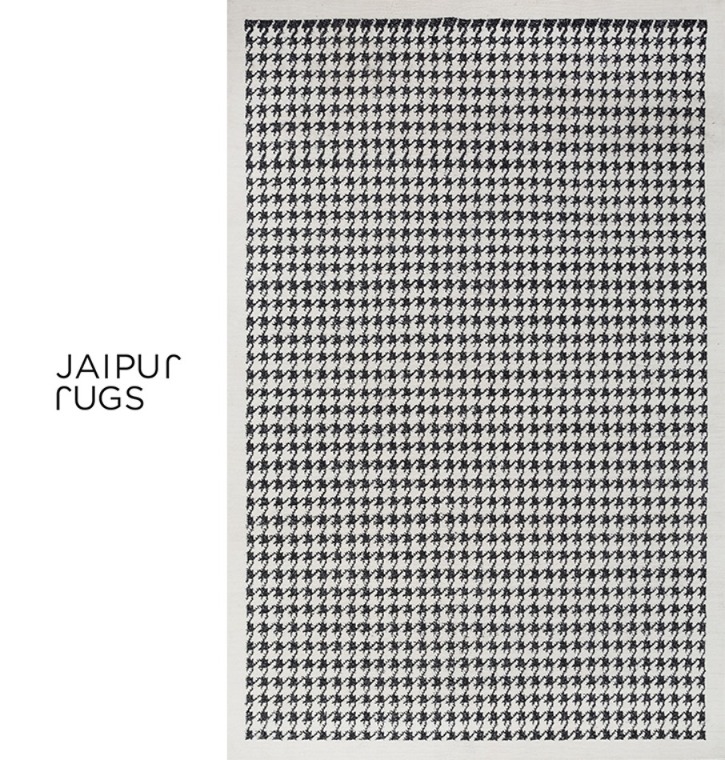
NOIR
VIMAR 1991
Hand-knotting found its way into Indian heritage from Persia, giving it its name, Persian Hand-knotting. It’s uniqueness in art is through its style of printing; knot by knot and line by line, paying attention to each intricate detail. It’s a process taking a minimum of 2 months, ranging up to almost a year depending on the quality and size of carpet being woven.
Differentiating each knot was originally done by memory, where weavers would sing out the colors of the line of knots called Boli weaving. This later evolved to the use of design maps, which helped accommodate a rapidly changing design palate. Artisans place the design map at the base of the loom and use each pixel in a chart as a reference to a knot. Artisans with Jaipur Rugs are also a part of a unique sustainable initiative called Manchaha, where they get to design their own rugs at the loom.
2024




